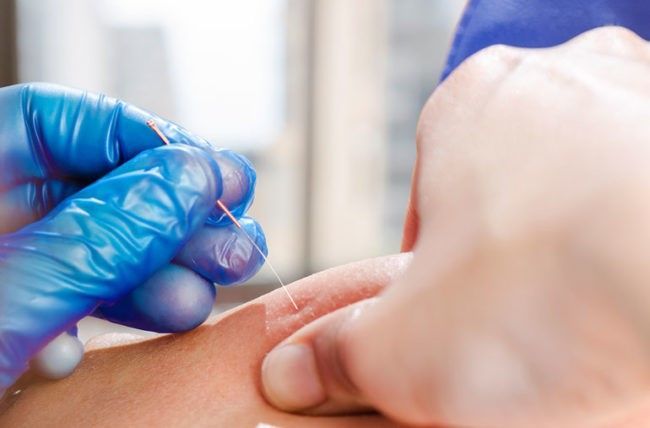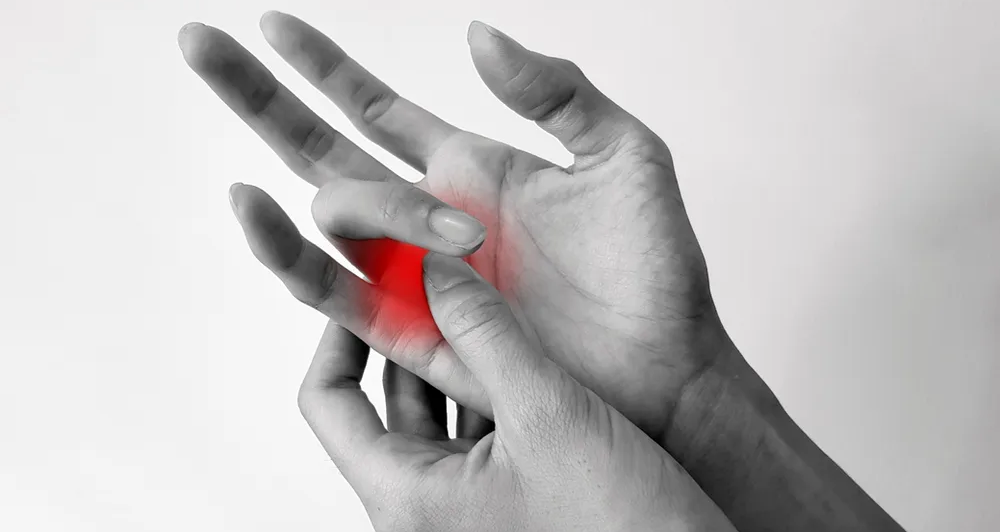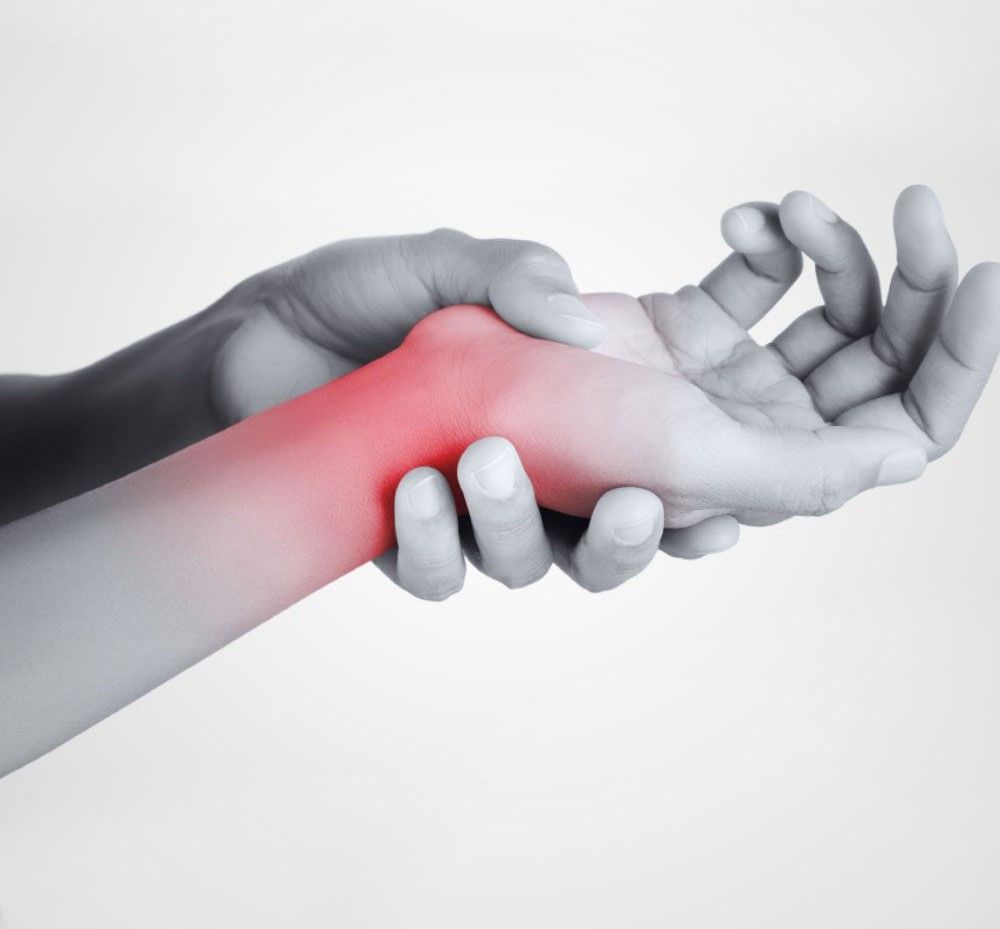Iliotibial Band Syndrome (ITBS)
Iliotibial Band Syndrome (ITBS)
What is the Iliotibial Band?
The Iliotibial Band (ITB) is a dense fibrous band of connective tissue which runs down the length of the thigh, from the outside of the hip to the shin. Due to its physiological make up, it is a very strong and tough, non-contractile piece of tissue. The tensor fascia lata (TFL) and glute maximus tendons also insert into the ITB. The ITB is a very common cause of pain on the outside of the knee. This condition is most often referred to as Iliotibial Band Syndrome (ITBS).
What are the symptoms of ITBS?
Runners and cyclists are most often affected by ITBS and the symptoms can be variable. Generally, pain is felt on the outside of the knee which can be sharp in nature. The onset of pain tends to be sudden with no real mechanism of injury. It can be aggravated by descending stairs or hills.
What causes ITBS?
The causes of ITBS are multifactorial, however it is thought that 80% of running injuries are caused by training error. For example, increasing the volume or intensity of your sessions too quickly. It is important to change your training load gradually to avoid doing too much too soon and causing injury.
There is lots of debate on whether pain from the ITB is a result of ‘friction’, where the ITB rubs against the bony aspect on the outside of the knee. However, there is evidence to challenge this view, stating it could potentially be fat pad compression which is causing the inflammation.
Muscle imbalance can also have a huge role to play in developing ITBS. Specific muscles such as gluteus medius, gluteus maximus and the quadriceps are often weak. For example, if the glutes are weak this can load the TFL too much as a compensatory effect. Due to the attachments of the TFL to the ITB this can be a large contributing factor to the pain. In addition to muscle weakness, it is important to have tissue flexibility around the hip and knee assessed as this can contribute to your symptoms.
Individual biomechanics can also have a role to play. There are 3 main issues which we look out for in our gait analysis which are discussed below:
- Cross over gait pattern : when running, the leg could angle inwards with one foot in front of the other, causing increased stress through the ITB. This could be potentially be as a result of the weak glutes, specifically gluteus medius as this muscle works to move the leg away from the body. If this is weak, the leg will be inclined to move towards the midline of the body
- Hip drop : when walking or running, the hip could potentially drop on the non-weight bearing leg which would ultimately increase the load on the stance leg. Good movement control and glute strength would help counteract this and reduced load to the ITB.
- Increased ground contact time : the foot will remain in contact with the ground for longer and the knee flexes more than it needs to which could irritate the fat pad. The more time your foot is in contact with the ground, the more time there is for things to go wrong.
Should I foam roll my ITB?
Recent evidence suggests no. Foam rolling the ITB directly can in fact irritate structures and exacerbate patient’s symptoms. Soft tissue release should therefore be directed at the muscles which have a direct tensioning to the fascia, the TFL and glutes. Foam rolling these muscles will therefore have a much greater effect in the management of your symptoms.
Management of ITBS
Evidence based research highlights ITBS responds well to conservative management with a success rate as high as 94%. A physiotherapy assessment can help to identify any contributing factors such as muscle weakness and tissue flexibility, as well as movement control and biomechanics. Management can include advice regarding loading, re-training, manual therapy and most importantly, an individual home exercise plan.
ModernDigital - Donegal Web Design




